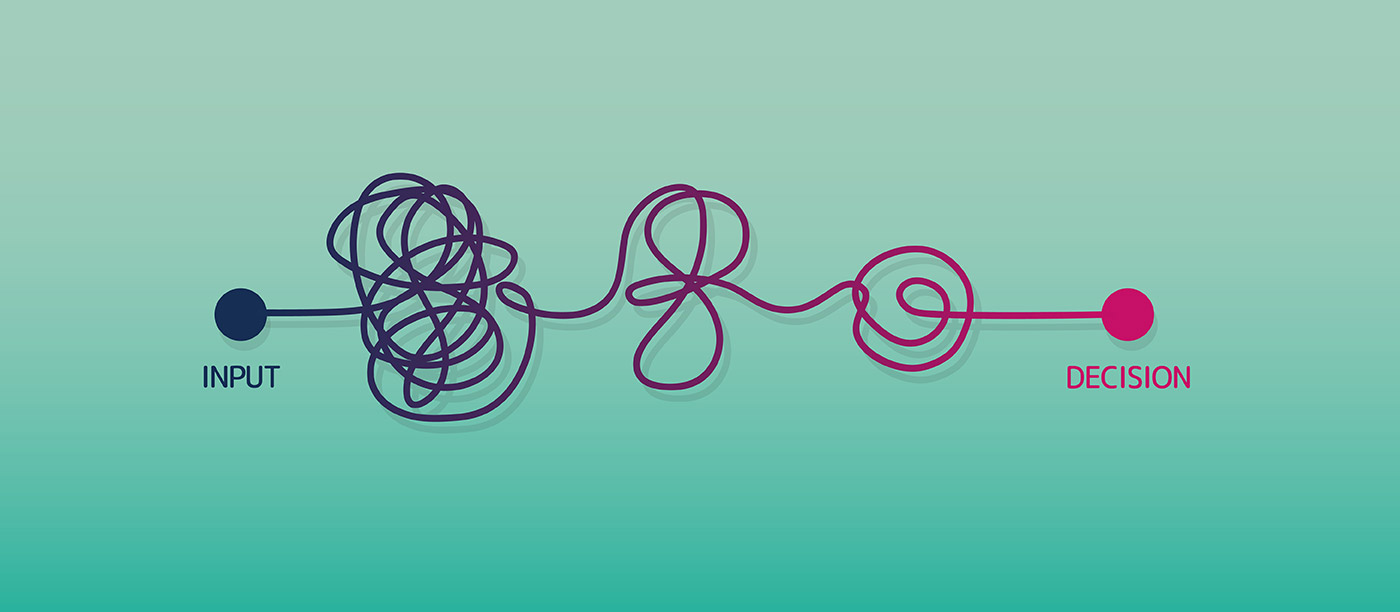By Marian Temesvary
In the world of business-to-business (B2B) sales, understanding and managing stakeholders is essential for long-term success. This is especially true for startups and scale-ups that need to gain early traction and keep the momentum going.
Stakeholders are individuals at your prospective customer organizations that have a vested interest in their company’s operations, outcomes, or decisions. Mapping B2B stakeholders is a strategic approach that helps you identify, categorize, and understand them to ensure effective communication and engagement.
What is stakeholder mapping?
Stakeholder mapping is the process of identifying and analyzing the people that have power and/or influence over the purchase of your solution. The goal is to create a visual representation of these stakeholders, which allows your team to effectively address their needs and expectations. This process not only helps in planning sales messaging and strategy, it also prepares your team to anticipate potential issues and opportunities as it moves forward in the B2B landscape.
Why is stakeholder mapping important in B2B?
Prioritization of resources: B2B sales usually involve multiple stakeholders with varying levels of influence and interest. Stakeholder mapping helps you prioritize their efforts, ensuring that your resources are focused on the most influential and high-interest groups.
Enhanced communication: Stakeholder mapping provides an understanding of the preferences, concerns, and motivations of the people involved in the purchase process. This leads to more targeted and effective communication strategies that addresses everyone involved in the most relevant fashion.
Risk management: By identifying potential risks early, you can take proactive steps to mitigate issues. Mapping stakeholders provides insight into potential challenges from different groups and enables your team to address them before they become major problems.
Improved relationship management: Knowing the interests and needs of stakeholders allows your team to build stronger, more collaborative relationships. Not just during the sales process, but equally for customer nurturing and long-term partnerships after they have purchased from your company.
Strategic decision-making: Having a clear understanding of stakeholders’ positions helps you make more informed decisions. Whether it’s negotiating a contract, planning a product launch, or entering a new market, stakeholder mapping provides the data needed for smarter strategic planning.
Steps in b2b stakeholder mapping
Identify stakeholders & assign roles: The first step is to list all the potential stakeholders. The goal is to identify everyone who may have an impact on or be impacted by your solution. Start by assigning your contacts to common roles in the buying process. Some of those common roles include:
- Champions: The people who will recommend your solution and can help you get an “in” with everyone else. They provide input and feedback and have influence over the decision, but they’re not the final authority.
- End users: The people who actually use the product/service. Getting their buy-in is important if you want the sale to go well.
- Institutional stakeholders: Contacts in departments like finance, marketing, IT, procurement, and legal whose approval is essential.
- Primary decision-makers: These are the people who have control of the budget and the ultimate power to “buy”.
Understand stakeholder needs and expectations: After identifying and categorizing stakeholders, it’s crucial to understand what they need or expect from your business. Are they looking for cost efficiency? Are they interested in new technology or sustainability? What are their pain points? This insight will help you develop strategies for addressing those needs. What’s the most important thing they need to know about your solution? What problems are they looking to solve for their organization? How are they evaluated on a successful purchase? What company-wide metric is their role responsible for?
Create an engagement plan: One size fits all messaging and communications strategies don’t work well in B2B. Everyone with an interest in your solution has different needs and consumes information differently. Learn as much as you can and tailor communications accordingly. An Influence (Power) and Interest Grid (like the one attached) can be a helpful tool, as not all stakeholders are equal in terms of influence or interest.
- Power (Influence): The ability to affect outcomes and decisions.
- Interest: The level of concern or involvement in your business activities.
Based on the categorization, you can develop tailored communication strategies for each stakeholder group. High-power stakeholders will require more personalized, strategic communication, while low-power stakeholders might need more general updates. The frequency, tone, and channel of communication will vary according to the stakeholder group.
Monitor and adapt: Stakeholder mapping is not a one-time activity. As the business landscape evolves, new stakeholders may emerge, and the interests of existing stakeholders may shift. Continuous monitoring and adaptation of your stakeholder map will ensure that your strategies remain relevant and effective.
Challenges in B2B stakeholder mapping
Complex relationships: In B2B environments, the number of stakeholders and the complexity of their relationships can be overwhelming. Use tools like our Stakeholder Mapping worksheets and our Power/Interest Matrix to help you get started.
Changing dynamics: As the buying process unfolds, the interests and influences of stakeholders can change. This means stakeholder maps need to be updated and refined to stay relevant.
Multiple target categories: Your solution may serve diverse categories and even industries. Doing stakeholder mapping for each unique audience will help refine and focus your efforts.
Conflicting interests: Different stakeholders may have conflicting interests, which can create challenges in balancing priorities and making decisions. Stakeholder mapping helps you to identify potential conflicts and prepare strategies to address them.
Conclusion
B2B stakeholder mapping is an essential process for a startup or scale-up looking to build strong, lasting relationships with new customers and expand business with existing ones. By understanding the needs, influence, and priorities of various stakeholders, your company can make more informed decisions, manage risks, and engage your stakeholders effectively, which ultimately drives business growth and success.
Want to dive a little deeper into our POV on Stakeholder Mapping? Check out our video Why Stakeholder Mapping is the Secret to B2B Sales Success. Or shoot me a note and I’ll send you our Stakeholder Mapping worksheets. Either way I’d love to hear from you. marian@health-mavens.com




